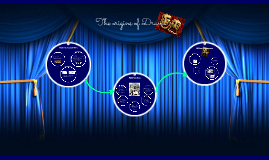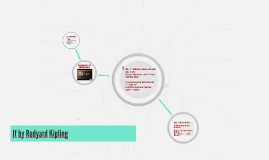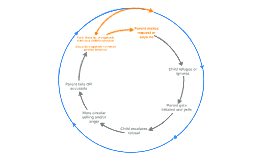Lorem Ipsum
Transcript: How plays were performed It was an essential part of the rites of Dionysus The word means 'choric hymn' it was performed by a chorus of about fifty men dressed as satyrs An ancient form of religious rite Alcoholic intoxication Human and animal sacrifices Ecstasis: an alterated mental state created by uninhibbited dancing and emotional display Origins of the greek thetre Medieval staging Unity of action: a play should have one main action that it follows with no or few subplots Unity of placece: a play should cover a single physical space and should not attempt to compress geography, nor should the stage represent more than one place Unity of time: the action in a play shuld take place over no more than 24 hours - Inn-yards: the original settings of plays. Elizabethan acting troupes travelled the country and required lodgings at inns or taverns in order to stage a performance at the inn. The inn-yards were surrounded by balconies which led to the rooms which provided lodgings for travelers; the audience capacity was up to 500. The origins of Drama Macbeth - Open air Amphitheaters: generally used during the Summer months by the Acting Troupes. It was a public outdoor structure (like the Coliseum), with a capacity of between 1500 and 3000 people. The latter part of his life was spent in writing plays until he retired in Straford and then died in 1616 In the daytime Actors carried masks with exaggerated facial expressions Actors wore cothornos, or buskins Little or no scenery Initially, most of the action took place in the orchestra. Later, the action moved to the stage. Following Aristotle' classical unities Initially the chorus funcion was narrative but them it beccame the intermediary between audience and actors and the main function became: To maintain a sense of ceremony and ritual To estabilish a lyric mood through rhytmic chanting and dance To reinforce the passion of the dramatic action To connect the audience and the actors (with questions and answers To unite music, dance, and speech and connect dramatic episodes His life William Shakespeare 1. Increased interest in classical learning – affected staging and playwriting 2. Social structure was changing – destroyed feudalism and "corporate" nature of communities 3. Dissention within the church led to prohibition of religious plays in Europe (Queen Elizabeth, the Council of Trent, 1545-1563 – religious plays outlawed.). By late 16th century, drama of medieval period lost its force. Results of the decline: Professional actors still needed, but not amateurs. Professional theatre rose, became commercial (no longer a community venture). No longer religious plays – returned to the classics for new ideas for stories. The globe theatre One of many differences is that greeks used to build theatres on hill slopes and romans, instead, built them on plain areas so the architecture was more complicated. Greek plays also used to be paired by Chorus Medieval Drama outside of the Church The medieval drama The lack of Knowledge The reflection upon language made by juliet In 1599 his company build the Globe Theatre, where most of his plays were performed Regicide The reversal of values Time There were three different types of venues for Elizabethan plays Sweetness and light over human relations Wild setting and relationships between local and invaders The Globe Theatre was a theatre in London associated with William Shakespeare. It was built in 1599 by Shakespeare's playing company, the Lord Chamberlain's Men, on land owned by Thomas Brend and inherited by his son, Nicholas Brend and grandson Sir Matthew Brend, and was destroyed by fire on 29 June 1613. A second Globe Theatre was built on the same site by June 1614 and closed by an Ordinance issued on 6 September 1642. Performed in cycles. Three kinds of religious plays: -- Mystery plays – about Christ or from the Old Testament – usually done in cycles (Second Shepherds’ Play is one of these). -- Miracle plays – lives of saints, historical and legendary -- Morality plays – didactic allegories, often of common man’s struggle for salvation (Everyman – only his good deeds accompany him in death). Then he married Anne Hathaway in1582 Different types of theather Medieval drama seems naïve if we don’t understand the period. They have little sense of history – reflecting the limited knowledge of the people. Anachronisms were quite common (In The Second Shepherds’ Play, for instance, the stolen lamb becomes the baby Jesus, and the Shepherds had been using Christian references even before this "baby Jesus" arrived). Comic elements appeared in plays that were otherwise quite serious, and had as their purpose to teach Biblical stories and principles to the people. The medieval mind looked at the temporal world (Earth) as transitory; Heaven and Hell were the eternal realities. During his life William Shakespeare wrote 17 comedies, 10 tragedies, 9 histories and a total of 154 sonnets Shakespeare's Writings Medieval plays The

















